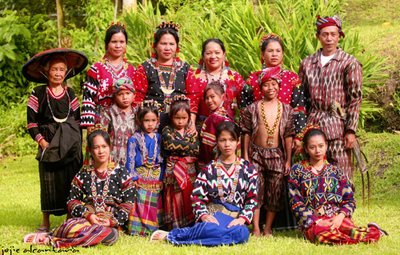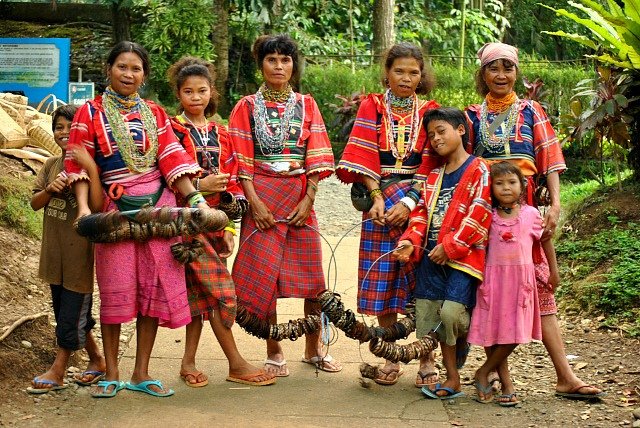
By: Julius Kent Sta. Ana
The T’Bolis are human beings of medium build. They’re mild in complexion. A number of them are rectangular-jawed. Their hair may be curly or straight. T’Boli ladies dress in a long sleeved, tight-fitting, waist length, collarless blouse which is in simple black, darkish or military blue. Their tubular skirt is ankle period. For special events, the T’Boli girl is wearing a pin-striped linen skirt. T’Boli men, no longer wear traditional attire. These days, they typically move about in regular pants and skirts, with the standard T’Boli sword which they constantly convey at their side.T’Boli are unique because of their houses, society, and culture.
Their houses are spread in moderation over the complete T’Boli vicinity. They come in isolated clusters of 3 or 4, for the reason that there’s a close interplay amongst household. The residence is raised about 6 ft or extra above the floor with the facet constantly barely more than 3 ft high. The roof is fabricated from cogon or other dried grass that’s strung and sewn all the way down to the bamboo rafters with strips of uncooked abaca or rattan. The posts are of bamboo except for the three stump still rooted to the ground which can be sometimes applied as posts for the inner part of the floor. The partitions of the residence are of bamboo cut up from the inner and flattened out or of woven bamboo strips known as lahak.
The society is dominated by using a datu who assumes several roles. He has social, monetary, non-secular and political functions. There are a number of datus within the T’Boli society with various stages of electricity, repute and standing carried out or ascribed via the datus to themselves and recognized by way of their followers. The placement of datu isn’t hereditary. No datu enjoys primacy over the others, nor does he workout precise jurisdictional manage over precise areas or agencies. Other datu may accord deferential remedy to one of their contributors, however this isn’t always a signal of his superiority over them.
The T’boli culture is richly connected with and stimulated via nature, their dances are a mimick from the movement of animals inclusive of monkeys and birds. The T’boli have a rich musical tradition with a diffusion of musical gadgets, however the T’boli tune and songs are not meant for entertainment simplest. The Tribal songs are a residing touch with their ancestors and a supply of historical awareness. The T’boli believe that the whole thing has a spirit which should be respected for suitable fortune. Bad spirits can cause illness and misfortune.

